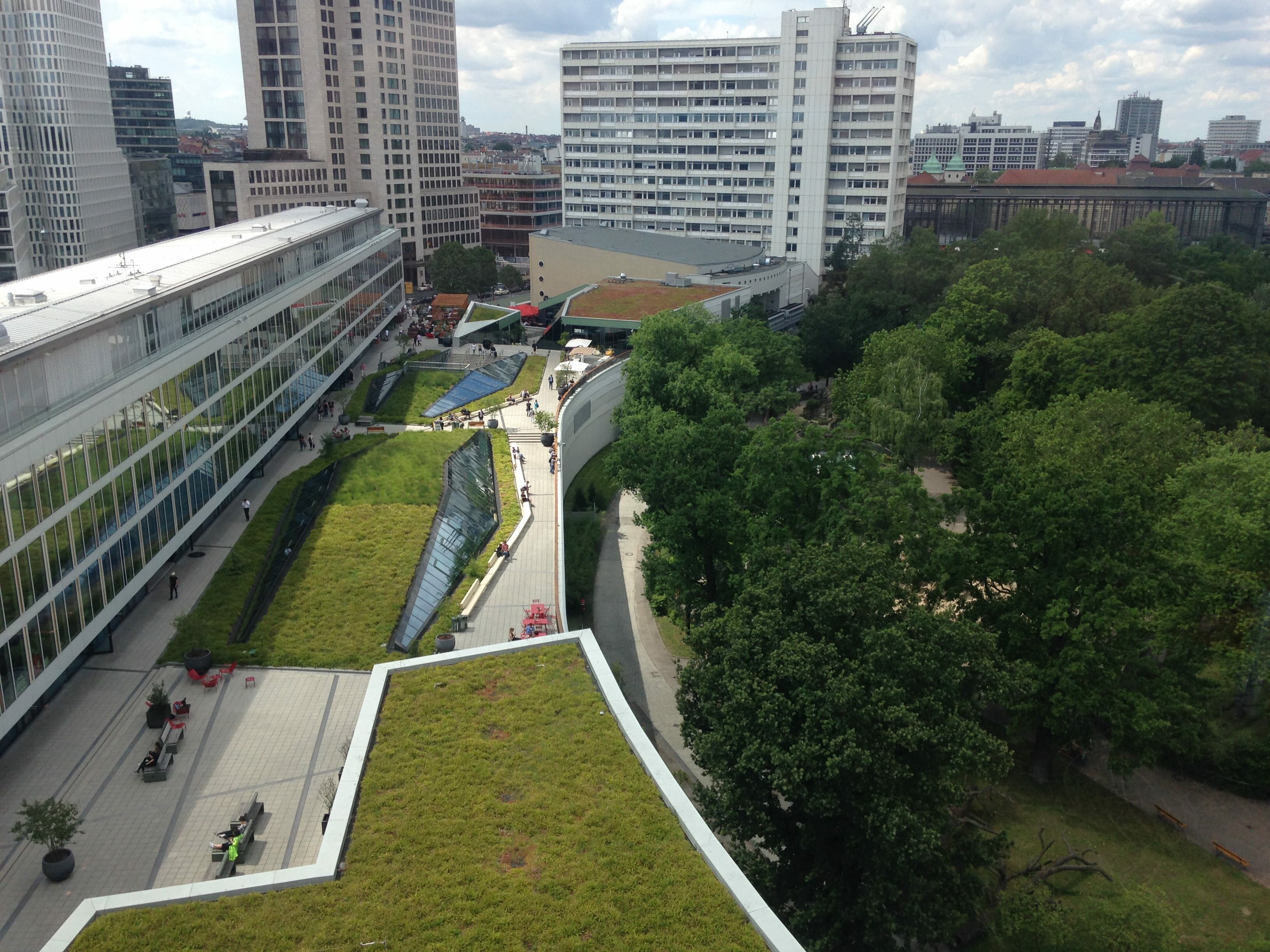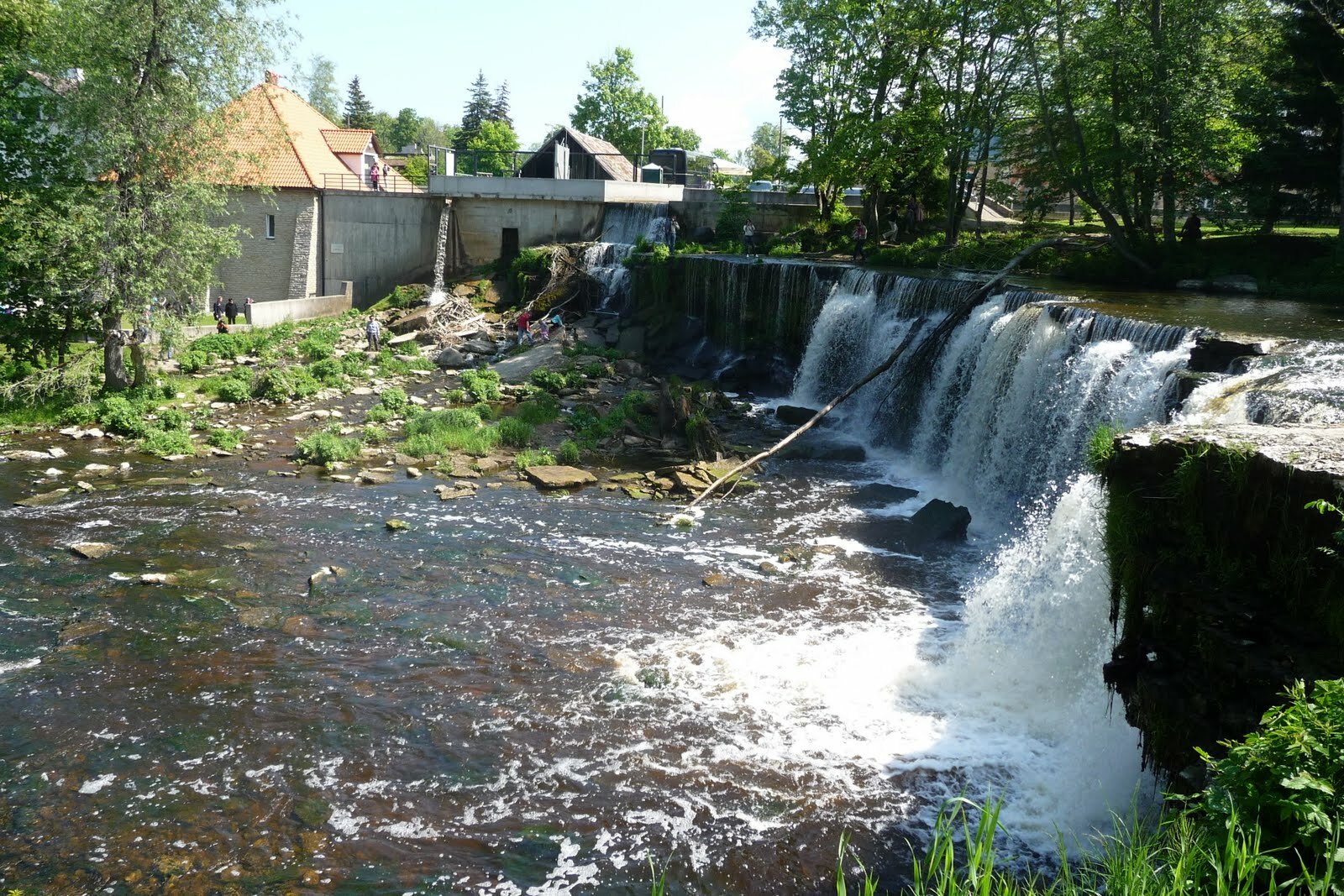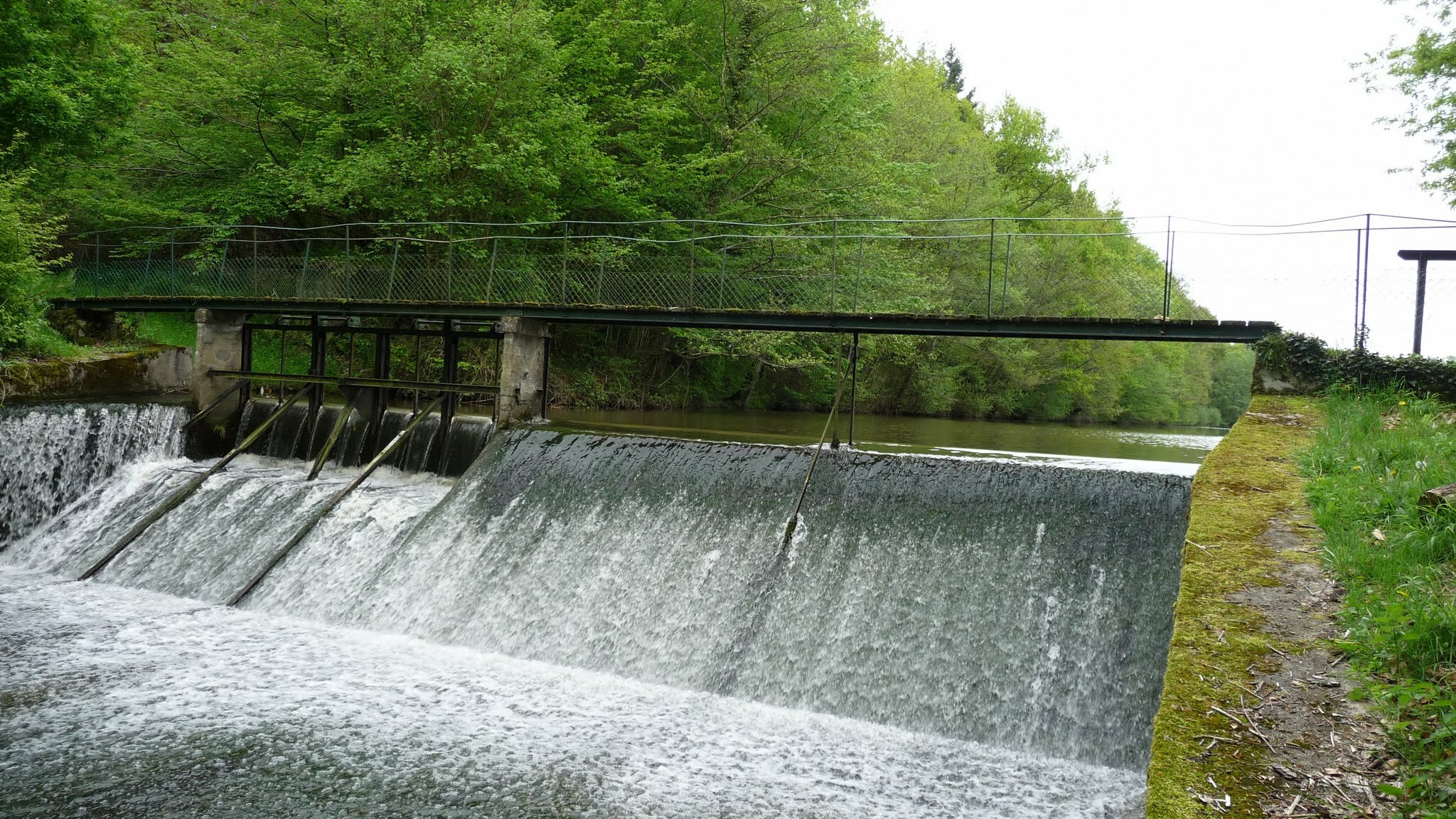Nature-Based Solutions
Tallinn, 24-26 October 2017
As part of the Presidency of the Estonian Republic of the Council of the European Union, a flagship conference “Nature-based Solutions: From Innovation to Common-use” will be organized by the Ministry of the Environment of Estonia and the University of Tallinn. The conference will be held in Tallinn from 24 to 26 October 2017.
 See Short conference video & Photos
See Short conference video & Photos

Nature-based solutions (NBS) offer ways of tackling societal challenges such as climate change, water security, food security, human health, and others though sustainable management and use of nature. For example, greening roofs or walls of buildings in urban areas can keep temperatures cooler during hot seasons, capture storm water, reduce air pollution, and increase human well-being while enhancing biodiversity.
Nature-based solutions can also help create new green jobs and economic growth through new products and services that improve the natural capital rather than exhaust it.
The conference will host leading scientists, politicians and entrepreneurs from around the world who will share their experience on how nature-based innovation and eco-innovative technologies can be implemented in many areas of life.
For the participation in the side event Forest-based Sector Technology Platform: Innovation in the forest-based sector, from idea to practice, the additional registration is needed. Click here for more information
Main conference topics
Urbanization and global climate change are creating ever-increasing problems. In combination with smart-city solutions, nature-based solutions (NBS) can offer a wide variety of ways to increase the resilience of cities and the wellbeing of its citizens.
NBS has much potential in solving water management problems such as increasing demands for water treatment and disaster risk reduction. Many urban areas are vulnerable to flooding and extreme rainfall events that can be mitigated with the right blue-green infrastructure.
The conference will also highlight the latest Information and Communications Technology (ICT) solutions that can have a strong supporting effect on the development of NBS. Examples of these include Geographic Information Systems (GIS) environmental data analysis, mobile phone apps for the monitoring, planning and better management of natural systems etc.
Currently, 73% of Europe’s population lives in cities and the number is increasing. Because of this, there is a growing need for sustainable urbanization. Smart cities aim at using digital technologies (ICT) to achieve better public services for citizens, better use of resources and less impact on the environment. To make cities more sustainable, these technologies can be used in combination with nature-based solutions to increase the resilience of cities and the wellbeing of its citizens even further.
Urban areas can be enhanced with green rooftops and facades, grey infrastructure or brownfields can be turned into greenspaces, wetlands and more. Information and communication Technology (ICT) can be used as a supportive tool in city planning, better assessing and monitoring blue-green infrastructure projects, and thus allowing for enhanced analysis of their functions.
With this topic, we intend to highlight ways in which blue-green infrastructure can complement smart cities in the near future.
The commonly used water treatment solutions pose many challenges, among them the high demand for energy and the low success rate in removing some problematic pollutants. In addition to that, many urban areas offer very little resilience to flooding and high rainfall events. In extreme cases, current water treatment systems can fail.
Many researchers and administrators are looking towards natural water management systems such as wetlands, bioretention systems, storage ponds etc. for answers to these issues and have been successful in many cases.
With this topic, we intend to focus on the different technological aspects of natural systems used for water management.
Information and Communications Technology (ICT) solutions can have a strong supporting effect on the development of NBS. Examples of these include Geographic Information Systems (GIS) environmental data analysis, mobile phone apps for the monitoring, planning and better management of natural systems etc.
There is a lot of environmental data available and through the right analysis, it can help inspire, develop and maintain NBS. ICT could also help measure the environmental impact of NBS compared to “traditional solutions”, thus supporting their implementation. In addition to this, ICT can play an important role in raising general awareness of NBS through citizen science projects and community led urban development.
Innovative solutions have spurred on human development from the very beginning. Unfortunately, this development has had many negative aspects on the environment. With this topic, we want to highlight ways in which innovative NBS can help us achieve human development highlighting opportunities on achieving a more sustainable development. This can include using micro-organisms to help utilize nutrients in soil to restore ecosystems, plants that aid bioremediation or pheromones as pest deterrents to name a few.
The focus on this topic is on the ecological restoration of natural ecosystems through natural methods. Demonstration of multiple benefits of NBS solutions is expected (e.g. in addition to economic aspects also social benefits should be introduced).
The move towards a more circular business model is of high importance in all areas. Natural resources and solutions are the long-term basis of the circular economy, but this would need to be reflected in closing the loop of the entire value chain.
The main contributions of NBS to circular economy might be to demonstrate use cases of systemic resource-efficient and cost-effective approaches. A second effect is the lower impact on biodiversity due to lesser resource use (raw materials, energy, water, air, land and products that are made of and depend upon ecosystems and their services).
As nature operates in circular, closed loops, there is a lot to learn from it for industrial ecology and urban systems, using systems thinking lens. This means NBS can be an important inspiration for the development of circular economy. With this topic, we intend to highlight ways NBS can make consumption patterns more sustainable such as using organic waste in green infrastructure projects and replacing chemical intensive processes that create difficult-to-use waste with more natural processes. NBS could also help land-reuse projects and thus limit urban sprawl.
Content will be added soon!
-
8. Well-being and public engagement
Preliminary schedule
The first day of this three-day conference will feature field vists and side events for organisations related to NBS. The second day will focus on policy and governance of NBS and day three will highlight research and innovation.
Discussions will cover policy and financing as well as innovative solutions close to or already on the market to give inspiration and show what can be done. The conference aims to strengthen synergies among various recent initiatives and programs related to NBS launched by the European Commission and by the EU Member States.
08:30
Registration
09:00-17:00
Green Spider Network (on invitation)
09:30-13:30
JPI workshop
09:30-17:00
JRC, EnRoute: Mapping Urban Ecosystem Services as support of the impact - Evaluation of NBS (invitation only)
10:00-17:00
Local workshop: “Nature-based solutions in Estonia”
14:00-17:00
Side events / meetings
17:00-19:00
Children's film contest program
17:00
Children's film contest winners ceremony
17:45-20:30
Documentary Film program
19:00
Welcome reception in the Museum of Estonian Architecture
08:30
Registration
09:30
Welcome / Opening
09:45
Keynote presentations
11:00
Coffee
11:30
Panel discussion "Local governance in moving towards nature-based solutions"
12:40
Lunch
13:40
European Union funded nature-based solutions projects (EASME)
13:55
Joachim Maes (Joint Research Centre) - Enhancing resilience of urban ecosystems through green infrastructure (EnRoute)
14:05
Panel discussion "Future of nature-based solutions in the European Union"
15:15
ThinkNature platform launch
15:30
Coffee
16:10-17:40
Parallel sessions 1.
16:10
Parallel sessions PS1 Blue-green infrastructure in smart cities
16.10
Parallel sessions PS3. ICT as a supporting tool for nature based solutions and ecosystems
16:10
Parallel sessions PS4. Ecological restoration through eco-innovation
16:10
Parallel sessions PS5. Nature-based solutions in circular economy
16:10
Parallel sessions PS6. Linking NBS to Sustainable Development Goals
16:10
Parallel sessions PS7. ThinkNature special session
17:40
Posters, exhibition
19:00
Dinner
09:00
Posters/exhibition/registration
09:30
Keynotes
11:00
Coffee
11:30
Panel disussion "Nature-based solutions in green economy"
13:00
Lunch
14:00
Parallel sessions 2.
14:00
Parallel session PS1. Blue-green infrastructure in smart cities
14:00
Parallel session PS2. Integrated water management through natural systems
14:00
Parallel session PS3. ICT as a supporting tool for nature based solutions and ecosystems
14:00
Parallel session PS4. Ecological restoration through eco-innovation
14:00
Parallel session PS5. Nature-based solutions in circular economy
14:00
Parallel session PS8. Well-being and public engagement
15:30
EEA photo contest winners / conclusions
16:00
Closing
16:30
Coffee / Posters
18:00
Documentary Film program
Plenary speakers of the event
Siim Kiisler
The Estonian Minister of the Environment.Main info about Siim Kiisler
Julien Guerrier
Director of the European Executive Agency for Small and Medium-sized EntreprisesHead of the European Executive Agency for Small and Medium-sized Entreprises (EASME). He has been working
Stewart Maginnis
Global Director of the Nature-based Solutions Group in IUCNInfo about the Global Director of the Nature-based Solutions Group in IUCN
Katrin Niglas
Vice-Rector for Research, Tallinn UniversityAs a vice-rector for research Katrin Niglas is responsible for the development of R&D and doctoral studies at



